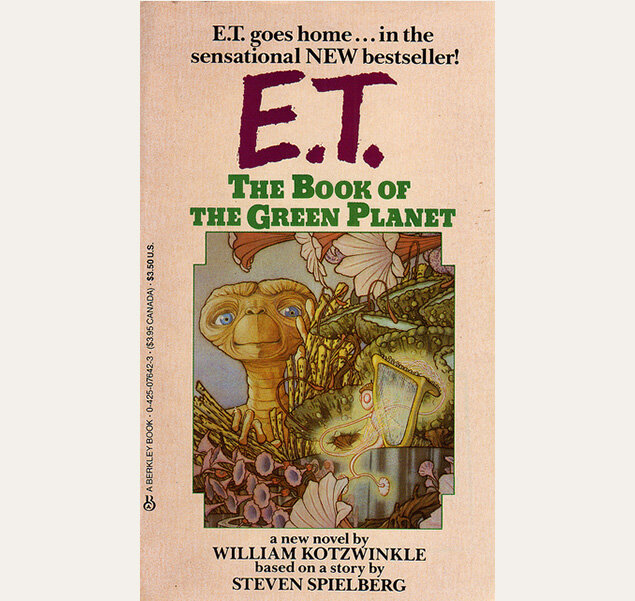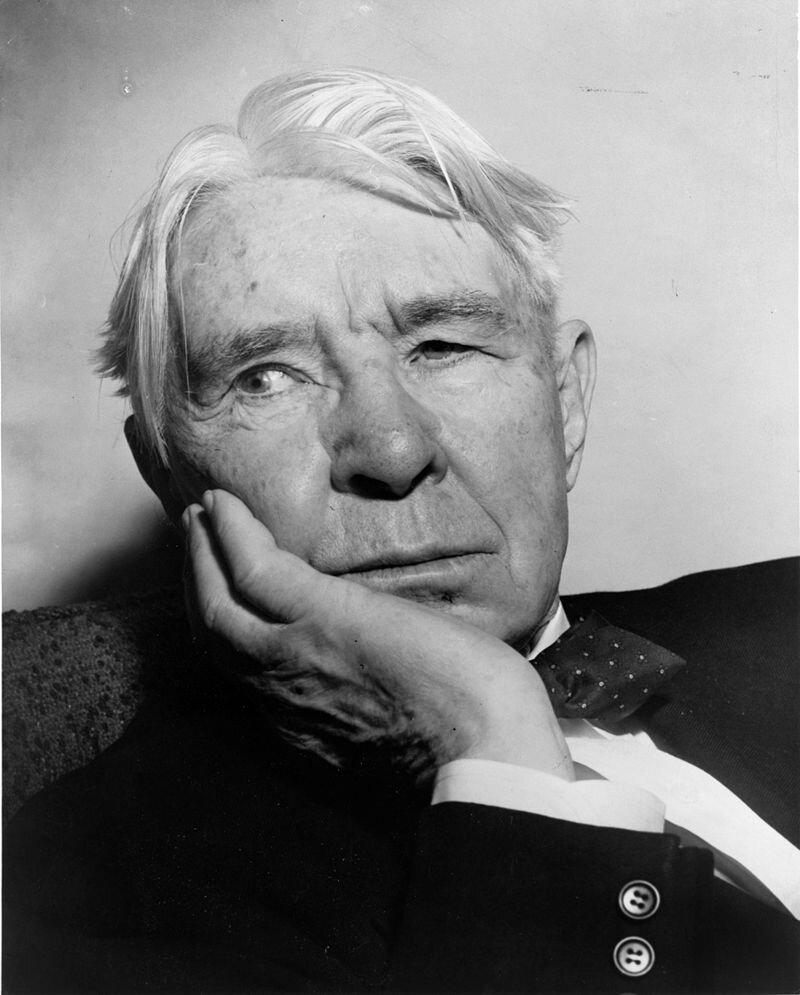[BARRYMORE AND E.T.]
DREW BARRYMORE won America's collective hearts with her performance as “GERTIE”, “ELLIOTT’S” little sister who is afraid of “E.T.” At first, but later grows to love him. She initially came to SPIELBERG’S attention when she auditioned for the role of “CAROL ANNE”, the young girl at the center of “POLTERGEIST”. That role, of course, ended up being filled by HEATHER O’ROURKE. Still, BARRYMORE made an impression on SPIELBERG, especially when she fibbed to him, claiming that she was in a rock band called “THE PURPLE PEOPLE EATERS” and had world-class culinary skills.
In her autobiography “WILDFLOWER”, BARRYMORE writes that she continued her humorous lies when meeting with the director and his team for “E.T.” Of entering the casting session and speaking to a group of adults, she says, "I was a dry-witted, lying, thieving six-year-old, and I just wanted to win the job and go on an adventure. And I wanted to make the most of it. So after my made-up tales and small talk that was larger than life, I was mostly directing it to STEVEN because I knew that he was buying it." The fact that the filmmaker would respond so strongly to an adorable child with an imagination that worked overtime is no surprise. He knew that he'd discovered a true star.
Not only did BARRYMORE’S act land her a big breakout role, but rumors also claim that the 6-year-old actress was shedding genuine tears in the more emotional scenes because she truly believed the alien was real. In a clip from behind the scenes, you can see how her naïveté was encouraged by her costar HENRY THOMAS trying to keep the magic alive for his fictional sis.
Did you know that SPIELBERG shot every scene in the same order that they appear in the movie?





















